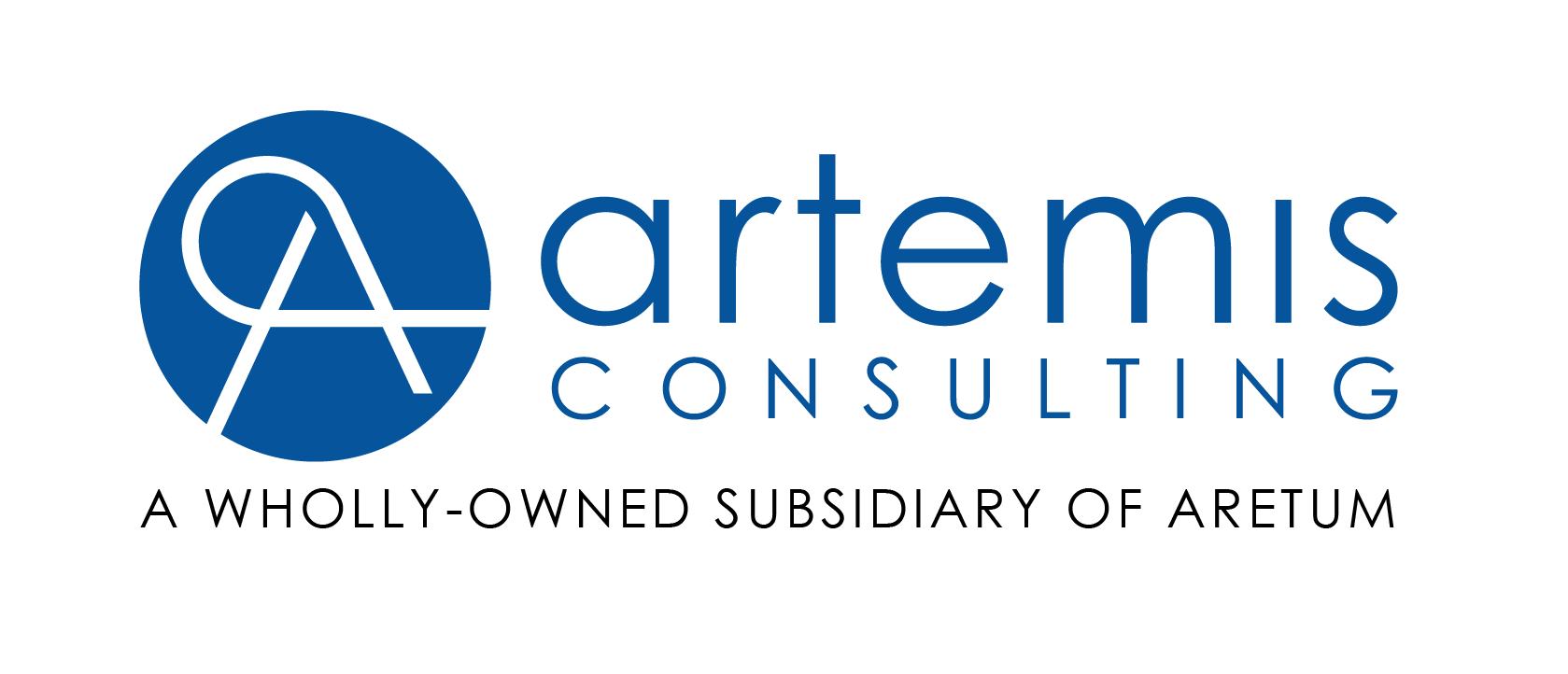
Agile development is becoming the norm for building applications. Work is done in 1-week to 3-week sprints during which time requirements and solutions evolve through collaboration between self-organizing cross-functional teams. How does UX fit into this approach? In the past, much of the design work was done upfront and handed off to developers. In projects today, the designer is embedded with and is an integral part of the development team. However, Agile methodologies are focused on developers with designers adapting their approaches to fit in with these methodologies.
UX designers will typically work a sprint or two ahead of the development teams. UX should be included as early as the ideation phase of a project and involved further throughout the project’s lifecycle, including after launch. Research is essential at all times.
Crucial to the success of UX working in an agile process is getting buy-in of the value UX brings upfront from the team. The value of a UX Designer is to improve the user experience of the product and gain competitive advantage in the marketplace. Although, with proper research and clickable or paper prototypes, UX’s most important role is to bring visibility to the solutions before expensive engineering resources are allocated. And, what might be a better technical implementation by engineering may not always provide a good user experience.
It is important to note that UX Designers need the equivalent of a “sprint 0” to set up their working environment, much like a developer needs to set up their development environment before building software.
The tactical approach for design begins when feature development starts. Designers should have tickets for the work they are doing just like developers. This process helps to align the designer’s work with the work of the development team. The key is to prioritize this work in a way that allows all team members to work in parallel.
The recent evolution of design tools has helped designers to better integrate their work with design teams. We no longer have to export a screen to a PDF and attach it to a development ticket, and then continually replace it as requirements change; we also don’t have to create separate spec files for development teams to guide the look and feel of the interface. We now use applications like Sketch that allow us to iterate rapidly on ideas. We post our work up on the Cloud where we can collaborate with the team, upload and share designs and prototypes with anyone anywhere, enabling us to work better. Tools like Zeplin automatically generate design guidelines from the files we create. These tools allow the team to iterate rapidly and share and validate ideas on a continual basis.
By keeping the Agile Values and Principles in mind, you can implement a process that allows people to practice Agile development and deliver outstanding user experiences early and often.
